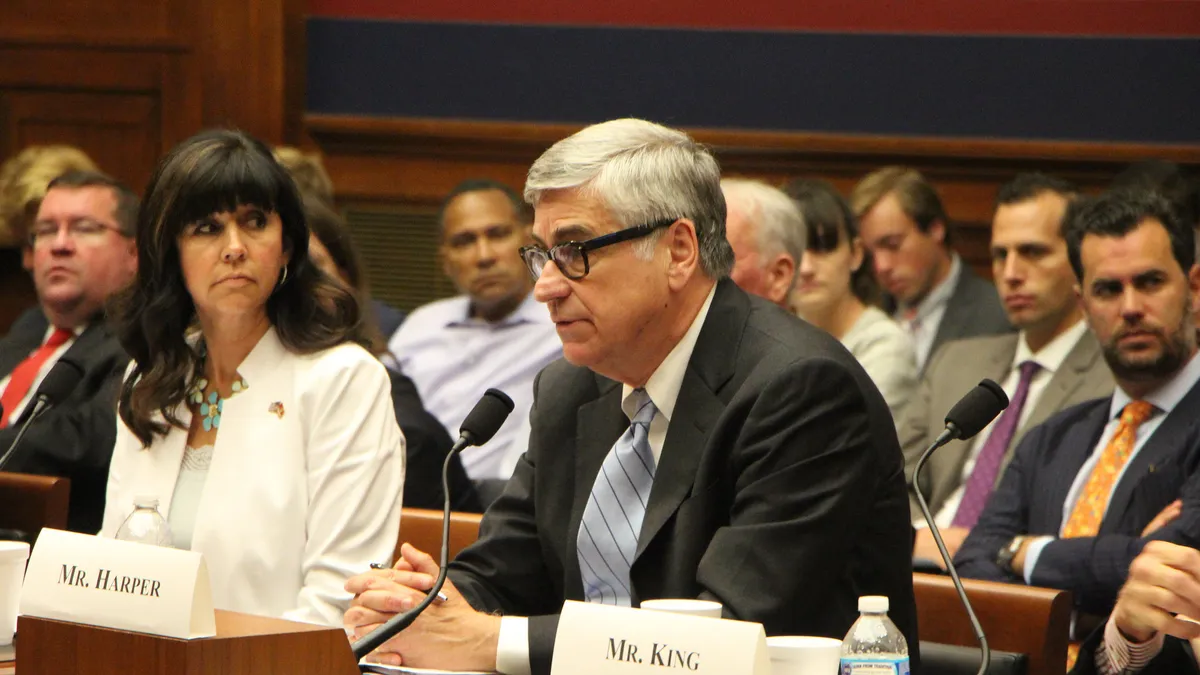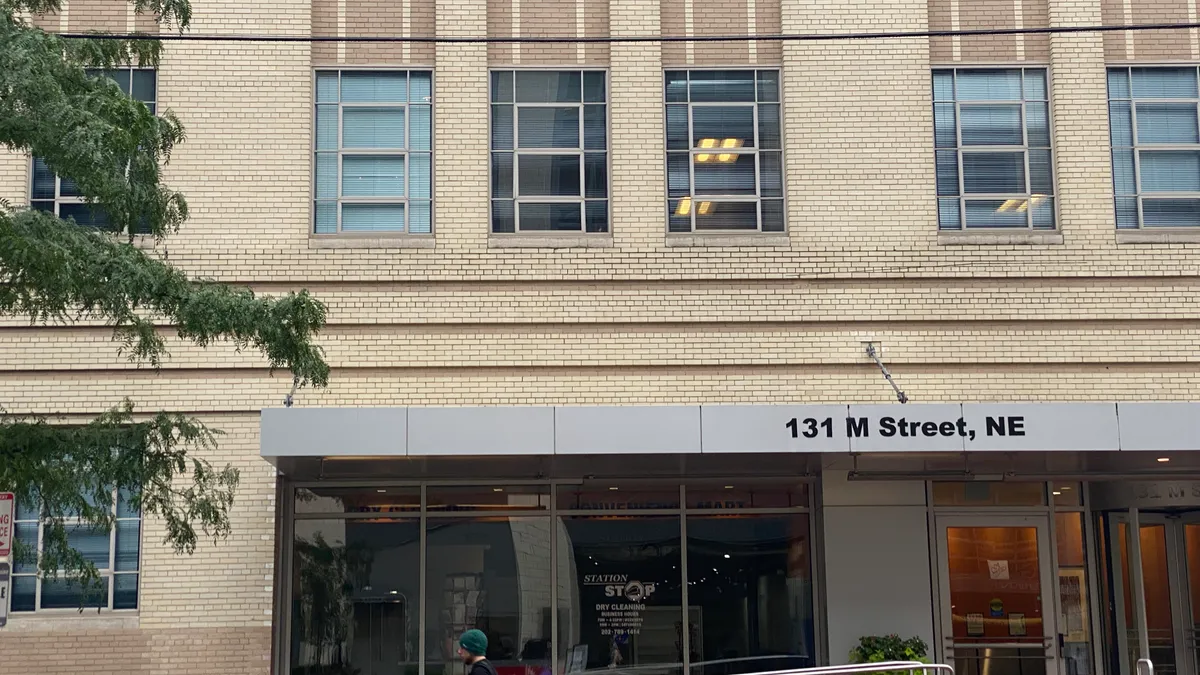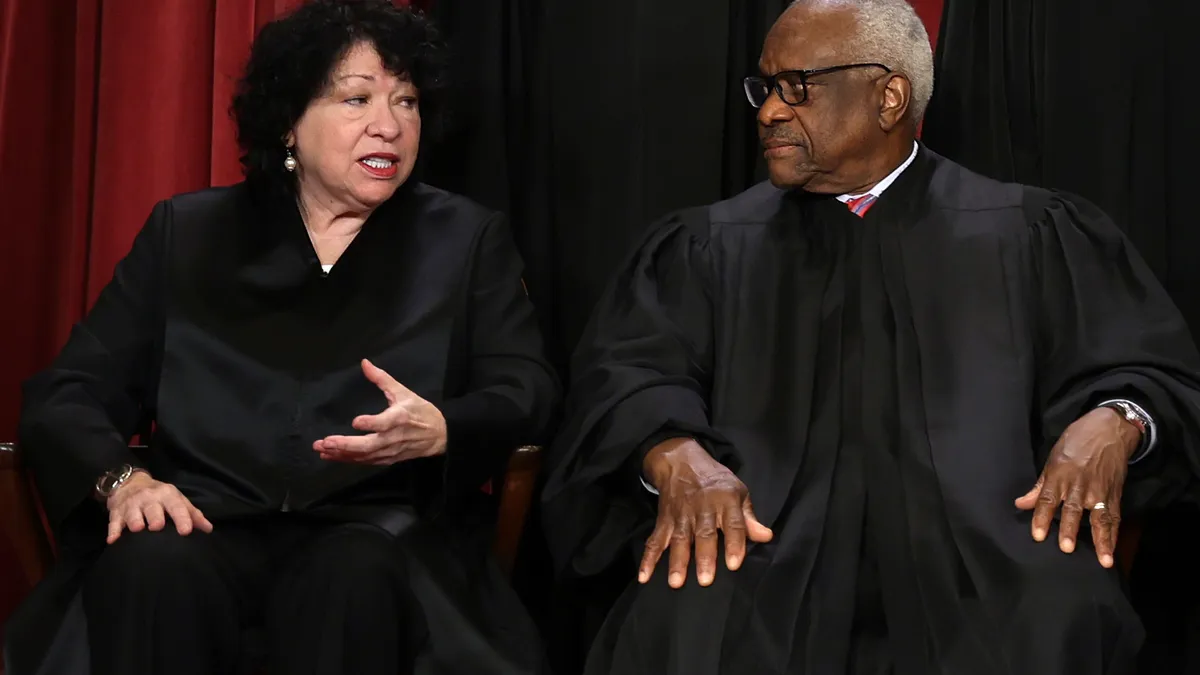Representatives from the business community urged lawmakers to step in and pass federal legislation defining “joint employment” during a July 12 hearing of the House Committee on Education and the Workforce.
When joint employment exists, two employers can be held liable for violations of the law. The question often arises in cases involving franchise relationships, staffing agencies and contracting arrangements. Agencies and courts have adopted various tests for determining whether joint employment exists, but they often consider factors like whether a business is involved in hiring, compensation and scheduling.
And while the laws that allow for joint liability have been around for decades, the issue has received increased attention in recent years. The reasons why — and whether change is needed — were hotly debated during the House hearing.
A little background
Joint employment came into the spotlight during the Obama administration. According to David Weil, who led the U.S. Department of Labor’s (DOL) Wage and Hour Division (WHD) during that time, the extra attention was due to the changing nature of the workforce: in recent years, employers have increasingly adopted the use of independent contractors and staffing agencies.
He deemed those workplaces “fissured” and led WHD’s quest to crack down on employers who were using such arrangements to avoid myriad responsibilities: minimum wage and overtime, family and medical leave, and unemployment and workers’ compensation contributions, to name a few.
That initiative included DOL publishing a now-rescinded Administrator Interpretation expanding the scope of joint employment under the Fair Labor Standards Act (FLSA) and the Migrant and Seasonal Agricultural Worker Protection Act. WHD also used that AI to issue a fact sheet that extended the interpretation to the Family and Medical Leave Act, but President Trump's DOL has not yet indicated whether it will rescind that document as well.
At the same time, the National Labor Relations Board (NLRB) issued its infamous Browning-Ferris decision, expanding joint employment under the National Labor Relations Act. NLRB, like Weil, attributed this to the changing landscape of employment.
“With more than 2.87 million of the nation’s workers employed through temporary agencies [as of August 2014], the Board held that its previous joint employer standard has failed to keep pace with changes in the workplace and economic circumstances,” it said.
The judicial branch has been in on the action, too. The federal courts of appeal have adopted various and disparate joint employment tests, even as recently as April when the 4th U.S. Circuit Court of Appeals set up its own test for the FLSA, acknowledging that it was adding to the “numerous multifactor balancing tests, none of which has achieved consensus support.” The employer in the case has since asked the U.S. Supreme Court to weigh in. At press time, the Court had neither granted nor denied the petition.
Uncertainty abounds….
During the House hearing, employers urged Congress to intervene. Joint employment is the “most prominent risk on our minds,” said Jerry Reese, II, director of franchise development for Dat Dog, New Orleans’ self-described premier hot dog and sausage purveyor. The current situation has left employers between a rock and a hard place; if they choose to set training, branding and consistency standards, they risk being labeled a joint employer, Reese said.
The International Franchise Association (IFA) echoed that concern, saying that franchisors have had to pull back support for franchisees for fear of being named a joint employer.
“When we don’t know what the rules are … we don’t make decisions on growth,” Mary Kennedy Thompson testified on behalf of the IFA. “The franchising community is holding their breath right now.”
Other industry groups — particularly those in retail — offered similar sentiments in statements after the hearing. The National Retail Federation said that the positions DOL and NLRB took in recent years led to “growth-chilling” litigation; the Retail Industry Leaders Association said that employers “need clarity and flexibility in the law to continue to create opportunities for growth and innovation.” Both organizations called on Congress to clearly define joint employment through legislation.
FedEx Ground’s vice president, Richard Heiser, told the committee that the disparate tests also pose a serious burden for multi-state employers. He acknowledged that the country needs joint employment to protect workers’ rights, but said that by his count, there are 15 different tests for joint employment created by federal agencies and courts in an attempt to implement and enforce the NLRA, FLSA and Title VII of the Civil Rights Act.
“We think federal legislation is necessary to bring clarity, consistency and a reasonable level of commercial predictability,” he said, asking lawmakers to devise something “effective and simple.”
…or does it?
Opponents to such legislation argued that there’s actually no uncertainty at all. “With all due respect, I think this hearing is a reaction to a lobbyist-manufactured tempest in a teapot,” Michael Harper, a professor at Boston University School of Law, told stakeholders.
And as for those franchisors who have pulled back on training and other support: “I think you’ve gotten bad legal advice,” he said. A court has never ruled that an effort to maintain brand quality makes someone a joint employer, he said. Franchisors are free to insist on training, uniforms and background checks, without worrying about joint employment, he said, “and if the [NLRB] or any other executive agency made that move, the courts would rebuff them.”
Moreover, any new legislation will only create more litigation, Harper said. “I do not believe it will add clarity because … the words used will have to be interpreted by the courts and they’ll be interpreted in different ways.”
Next steps
Employers are unlikely to receive any clarification from federal agencies for at least a few months. DOL still needs a WHD administrator and the Trump administration has yet to name one. That process could extend into 2018, experts say. NLRB could have a GOP majority soon (confirmation hearings are scheduled for July 13), but the Board needs the general counsel to bring cases, and Obama’s GC remains in place until November.
Clarity from the judicial branch could come sooner, as the U.S. Circuit Court of Appeals for the D.C. Circuit is expected to rule on a lawsuit challenging Browning-Ferris any day. Guidance from the country’s highest court on wage and hour joint employment liability, however, is at least months away, if it even agrees to review that 4th Circuit ruling.
Finally, the House hearing may have set up Republicans to introduce the very bill that employers have requested in the next few days, according to media reports. It wouldn’t be the first time Congress has considered such a bill but it could enjoy more success than previous legislation because it wouldn’t face the same veto threat that such bills did under President Obama.



















